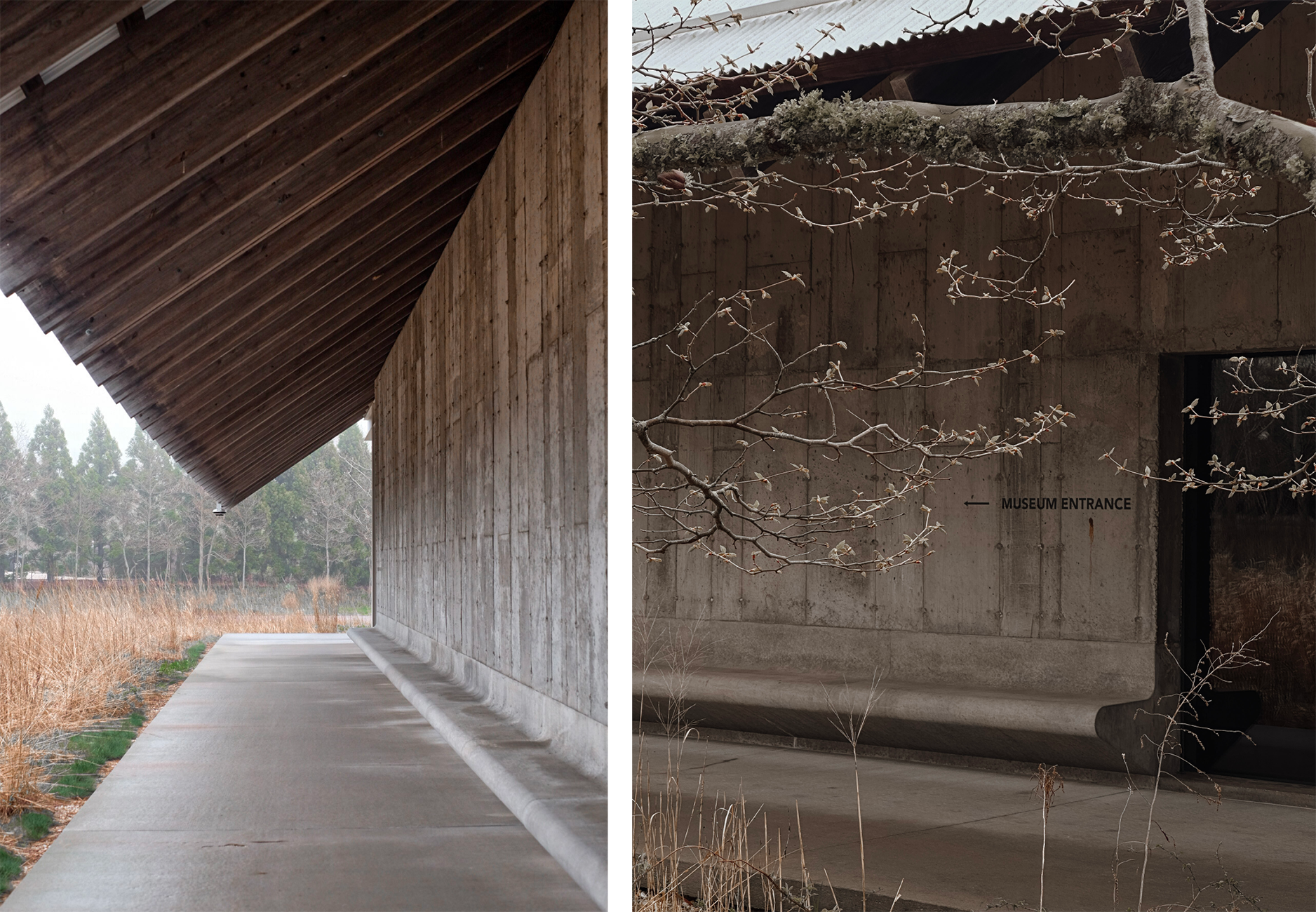Exploring the Artistry of Architecture: A Deep Dive into the Design of the Parrish Art Museum
I remember the first time I set foot on the serene grounds of the Parrish Art Museum in Water Mill, Long Island. My eyes widened as they were greeted by the unmistakable lines and curves of the museum—a building where artistry and architecture converge in an extraordinary dance. As an interior designer, I recognized the genius of its design immediately, and I'd like to invite you on a journey to explore this architectural marvel together.

A Testament to the Craftsmanship of Herzog & de Meuron
Designed by Herzog & de Meuron, the internationally acclaimed Swiss architects, the Parrish Art Museum stands as a testament to their ability to create structures that mirror and celebrate their environment. The edifice was crafted to reflect the agrarian heritage of the area, an unpretentious barn-like structure that merges flawlessly with its surroundings.
Drawing inspiration from nearby agricultural buildings, the exterior presents a unique corrugated metal facade that is visually striking yet subtly reflective of its environment. It is this harmonious contrast, bridging the old and new, which I find most intriguing. It allows the building to feel modern and timeless simultaneously, a rare feat in architectural design.
As I meandered through the sprawling 14-acre site, I couldn't help but notice the play of light and shadow facilitated by the building's oversized windows. The natural light filtering through adds a unique vitality to the artworks housed within. The building itself covers an impressive 34,400 square feet, creating a serene and spacious sanctuary for art lovers.

A Celebration of Simplicity and Sustainability
Venturing into the interior of the Parrish Art Museum, you can't help but be struck by the profound sense of tranquility. Its design echoes the ethos of wabi-sabi, embracing imperfection and incompleteness while highlighting the beauty inherent in simplicity. There is an understated elegance to the space, where the artwork takes center stage against a backdrop of minimalistic design.

One of the things that struck me about the layout was the linear sequence of the galleries. This design choice provides a fluid, uninterrupted journey for visitors, allowing them to immerse themselves in the diverse art collection at their own pace. The wide hallways and open spaces, uncluttered and expansive, amplify the sense of serenity, offering room for contemplation and engagement with the art.

The museum's color palette is dominated by neutral tones, adding to its calm and contemplative atmosphere. However, its design principles go beyond aesthetics, reflecting a commitment to sustainability. The use of recycled materials and energy-efficient systems are thoughtfully incorporated, demonstrating that beauty and environmental responsibility can indeed coexist.
A Treasure Trove of American Art
As a celebration of American art, particularly the artistic legacy of the East End of Long Island, the Parrish Art Museum houses over 3,000 works. It is a treasure trove featuring masterpieces by renowned artists such as William Merritt Chase, Fairfield Porter, Chuck Close, Roy Lichtenstein, and many others.

From painting and sculpture to photography and works on paper, the museum offers a diverse range of mediums, reflecting the eclectic nature of art itself. The rotating exhibitions, showcasing various themes, art movements, and emerging talents, ensure that each visit offers a unique experience, much like how we design spaces that evoke different emotions and experiences.

This commitment to community engagement extends beyond the exhibition halls. The museum hosts an array of educational programs, lectures, and workshops to foster an appreciation of art and promote cultural enrichment.
The Parrish Art Museum: More Than Just a Building
Despite opening its doors only in 2012, the Parrish Art Museum has garnered several prestigious architectural awards and has become a cultural hub on Long Island. But it's more than just a building—it's a testament to the symbiotic relationship between architecture and environment, a place where art and nature collide in the most beautiful way.

Its landscaped grounds, meticulously designed by Reed Hilderbrand, offer walking paths, a scenic meadow, and an opportunity for relaxation. It's an oasis where art is not confined within walls but spills over into the open, with outdoor sculptures beckoning visitors to interact and engage.
In our own interior design practice, we hold the philosophy of integrating oversized art pieces to echo the dynamism of human life, similar to how the Parrish Art Museum merges the grandeur of nature and the creativity of human ingenuity. A look at our recent project, Loft Apartment in Chelsea, showcases our approach to this integration.
Final Thoughts
There's a compelling sense of authenticity about the Parrish Art Museum that I find deeply inspiring. The building and its interiors, much like the art it houses, tells a story—one of imperfections, incompleteness, sincerity, openness, and contrast. Yet, at the same time, it embodies an unspoken perfection, streamlined, monolithic, intricate, complete, and without stereotypes.
As an interior designer, I'm continuously learning from spaces like the Parrish Art Museum. It serves as a reminder of the delicate balance between classic and modern, between art and nature, and between the handcrafted and the mechanically produced. This exploration has once again rekindled my passion for creating unique, thoughtful, and sustainable designs that stand the test of time.
In the end, the Parrish Art Museum is a living testament to the power of architecture and design—one that encourages us to be mindful of the stories we tell through our creations. It has proven that when we honor the natural world and embrace the imperfections and diversity of human creativity, we can create spaces that are not only beautiful but also meaningful and transformative.



